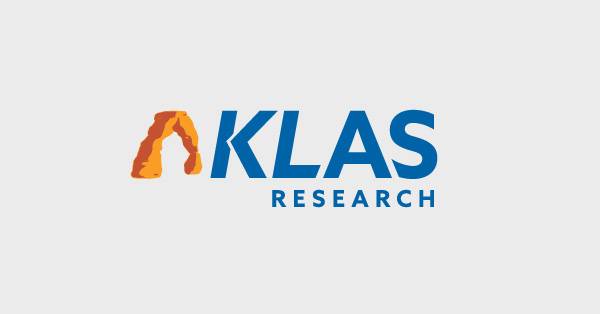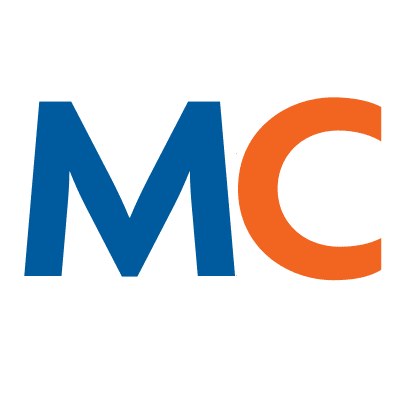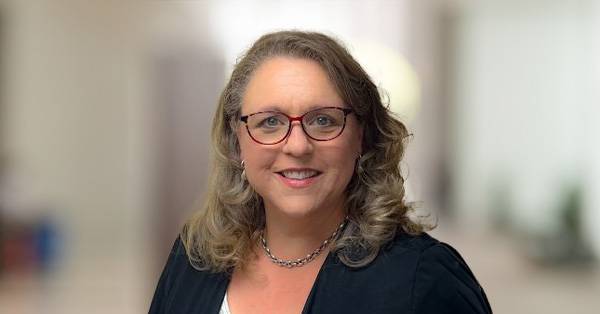- Solutions
- Solutions
- Home Health
- Hospice
- Life Plan Community
- Palliative Care
- Private Duty
- Senior Living
- Skilled Nursing
- Skilled Nursing
- Skilled Nursing Software
- Advanced Insights
- Customer relationship management
- Data and analytics
- Financial & operations management
- Marketing
- Nutrition management
- Referral management
- Regulatory compliance
- Retail management
- Resident engagement
- Revenue cycle management
- Skilled nursing interoperability
- Partners
- Blogs
- Resources
- About
- User Conference

Interoperability could have helped: 3 real-life stories
In a recent series, our ResMed SaaS employees shared personal stories about their experiences having family members and loved ones in home-based and post-acute care — and how technology could have led to more positive outcomes.
In this blog, we share a few of those stories and how MatrixCare is built to help avoid similar outcomes.
A lack of interoperability can make care transitions rocky
During COVID-19, we were all impacted in some way. For Nick Knowlton, vice president of business development for ResMed SaaS, the need for better patient and family engagement was highlighted through a relative who has spinal stenosis — and how the use of technology could have led to better outcomes and a more collaborative care experience.
“Even though my relative’s primary care physician was employed by his payor and the pharmacy was contracted by his payor, I had to repeatedly navigate archaic workflows to get refills processed for pain medications and other medications prescribed to alleviate side effects. This included having to drive to the primary care provider’s office 45 minutes from my house, pick up a paper order, and physically deliver it to the nurse at the assisted living facility.
“There were some instances that could be handled over the phone, but it was near impossible to get ahold of anyone. Getting connected to a live person at reception was a challenge and speaking to my relative’s nurse was even more difficult — sometimes causing them to go a few days without medications they needed.
“Due to these repeated, ongoing communication issues with getting their medication orders filled, my family member ended up in the emergency room and had an extended stay in acute care. This outcome was caused by poor processes, manual workflows, and was avoidable had the right technology been in place.”
Without the right EHR technology, there was no ability to work cohesively with the care team — and it nearly cost their life. Finding ways to drive collaboration and modernize workflows with the right digital tools can avoid this kind of massive failure in the care delivery model.
Poor communication can have devastating consequences
Melissa Polly, senior director of marketing for ResMed SaaS, learned the true cost of poor communication when her mother was diagnosed with COVID-19 in January 2021. After showing signs of low oxygen levels at urgent care, she was referred to the local ER, where her breathing worsened. She was admitted immediately, put on a ventilator within 24 hours, and placed in the ICU of the COVID floor.
“The hospital soon found a bed available at a long-term acute care hospital (LTACH), but I didn’t think to ask — does this facility have an EHR, any patient/family engagement tools, or any kind of digital portal? They did not. The facility used paper charts, lacked the ability to collaborate, and relied on completely manual communication processes.
“A couple of days later, we found out that she had been diagnosed with a different infection before her transfer out of the ICU. The referring physician prescribed two antibiotics, but the LTACH messed up. Since their files were not digital, those prescriptions slipped through the paper-based cracks and the medications were never given.
“Unfortunately, my mother was unable to overcome the infection. Our family was able to be with her in the final moments, and we were grateful to the referring hospital for doing everything they could to reverse the damage done by the LTACH facility’s oversight.”
Without the right EHR technology, there is a lack of collaboration with referral partners and patients suffer. Even the smallest details, like a missed prescription, can make a significant and in some cases detrimental or fatal impact.
Navigating hospice care can be stressful with poor technology
During 2019, Rob Stoltz, senior director of business development for MatrixCare, had to help a close family member navigate hospice care from 300 miles away. While the lack of technology never reflected on the staff’s excellent care, poor communication caused frustration at times due to manual processes.
“We needed to get a hospital bed into my family member’s home because we were no longer able to transition him from place to place. Coordinating this equipment proved to be a challenge despite me being there in person.
“At the time of the home visit, we requested a hospital bed from the hospice nurse. She in turn called the hospice to make the request. Hospice then called the DME provider. The DME then returned the call to the hospice to confirm same-day delivery. The hospice called the nurse who had already left the home, and then the nurse called to let us know DME would be contacting us with delivery details, which led to a few more calls before confirming a delivery time.
“In total, we managed a series of seven phone calls for the delivery of one hospital bed.”
With an all-in-one digital platform, forms and documentation are electronic, signatures can be made electronically, care notes are easily accessible, and chat threads allow for real-time communication between staff and families. This approach leads to a more positive experience for family members, more efficient operations, and more time spent on what matters most — patient care.
Request a demo today for a closer look at MatrixCare.
See what MatrixCare can do for you
MatrixCare
MatrixCare provides an extensive range of software solutions and services purpose-built for out-of-hospital care settings. As the multiyear winner of the Best in KLAS award for Long-Term Care Software and Home Health and Hospice EMR, MatrixCare is trusted by thousands of facility-based and home-based care organizations to improve provider efficiencies and promote a better quality of life for the people they serve. As an industry leader in interoperability, MatrixCare helps providers connect and collaborate across the care continuum to optimize outcomes and successfully manage risk in out-of-hospital care delivery.
MatrixCare is a wholly-owned subsidiary of ResMed (NYSE: RMD, ASX: RMD). To learn more, visit matrixcare.com and follow @MatrixCare on X
Related Posts

See MatrixCare in action
Start by having a call with one of our experts to see our platform in action.
“Interoperability is the ability of different information systems, devices or applications to connect, in a coordinated manner, within and across organizational boundaries to access, exchange, and cooperatively use data amongst stakeholders, with the goal of optimizing the health of individuals and populations.”
“Interoperability is the ability of different information systems, devices or applications to connect, in a coordinated manner, within and across organizational boundaries to access, exchange, and cooperatively use data amongst stakeholders, with the goal of optimizing the health of individuals and populations.”
MatrixCare offers industry-leading software solutions. Thousands of facility-based and home-based care organizations trust us to help them improve efficiency and provide exceptional care.
© 2025 MatrixCare is a registered trademark of MatrixCare. All rights reserved.






